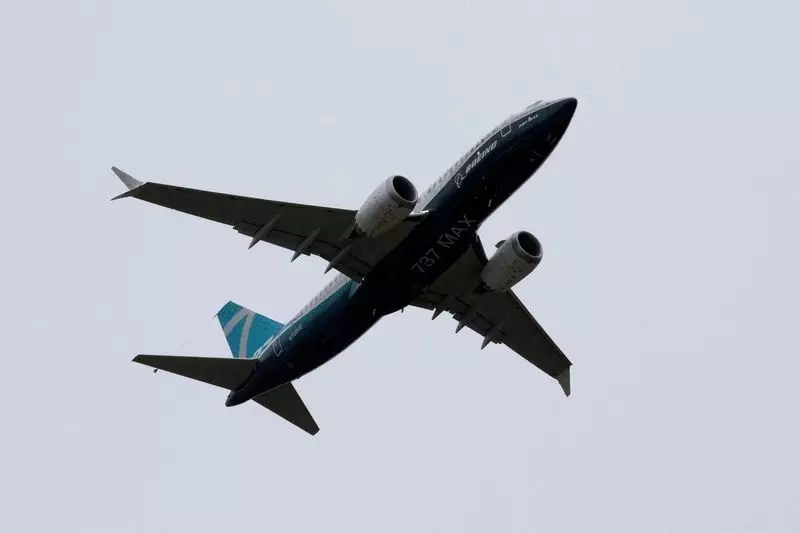The Federal Aviation Administration (FAA) is preparing to assess safety issues surrounding the engines of Boeing 737 MAX aircraft following two alarming bird strike incidents involving Southwest Airlines. These events have prompted a thorough investigation into the CFM LEAP-1B engines that power the MAX series. Bird strikes are a well-documented hazard in aviation, but when they result in smoke in the cockpit, as witnessed in these recent cases, the implications for safety become all the more severe.
Bird strikes can pose serious threats to aircraft performance and passenger safety. In the incidents reported in 2023, the FAA indicated the primary concern is the immediate reaction of the flight crew when smoke is detected in the cockpit—a situation that could potentially escalate if not managed swiftly. The FAA is contemplating procedural changes for pilots during takeoff to mitigate risk until a more durable solution is found. This highlights an essential aspect of aviation safety: the need to balance immediate operational adjustments with long-term engineering solutions.
The FAA is not navigating these issues in isolation. It is working closely with Boeing, CFM International, and the European Union Aviation Safety Agency (EASA) to explore potential corrective measures. This collaboration underscores the unified approach essential for addressing safety challenges in the aviation industry. Boeing has also taken steps to notify flight crews about the potential flight deck and cabin risks linked to severe engine damage, illustrating the crucial role of effective communication during a crisis.
As the FAA investigates these incidents, it is becoming increasingly likely that certification processes for the new MAX 7 and MAX 10 models will face delays. The agency must tread carefully, weighing the rarity of these events against the wisdom of enacting procedural changes that could profile long-term solutions. It remains imperative that Boeing implements a permanent fix to the issues surrounding its engine anti-ice system, which has been identified as a potential catalyst for overheating and subsequent engine failures.
Notably, GE Aerospace has affirmed that the LEAP engine meets all regulatory requirements for bird ingestion. This statement indicates the complexity of the situation; although the incidents exceeded standard certification weights, the engines performed adequately under extreme conditions. This brings to the forefront the ongoing debates regarding the adequacy of current safety standards and how manufacturers prepare for scenarios that may not fall within established guidelines.
In the wake of these bird strike incidents, the aviation community is reminded of the importance of continual safety improvements. The FAA’s forthcoming review board will be pivotal in determining how best to instruct crews and what systemic changes are necessary for long-term safety assurance. As the industry strives to navigate these challenges, it is essential to maintain transparency, swift communication, and rigorous adherence to operational safety protocols. All stakeholders must remain steadfast in their commitment to protecting passengers and flight crews in an increasingly complex aviation environment.

